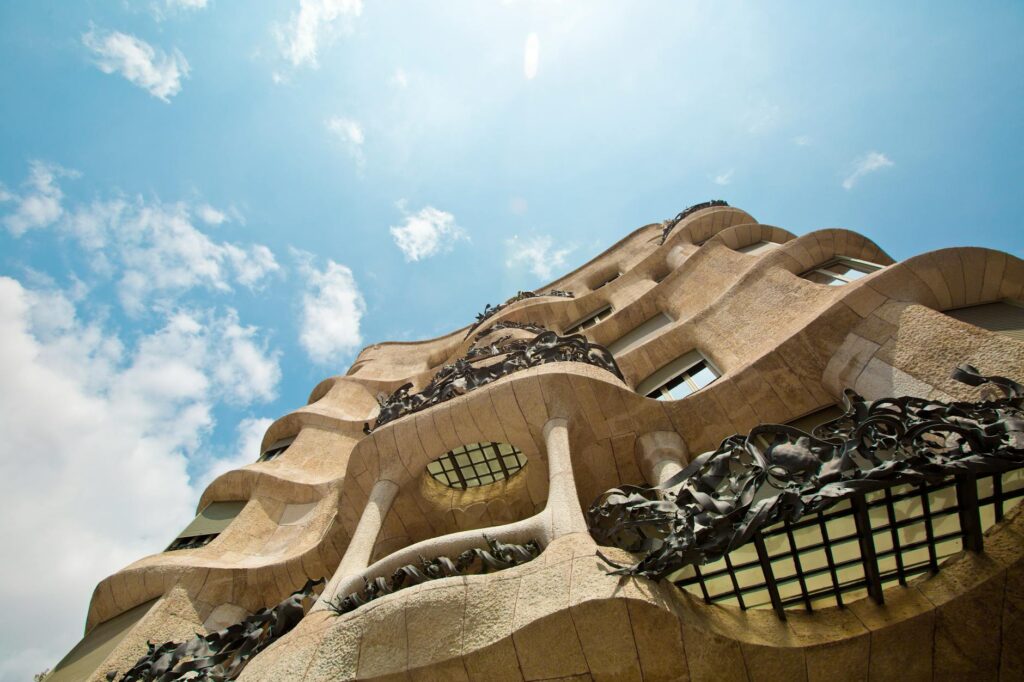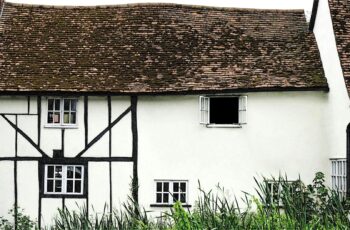Antoni Gaudí, a name synonymous with breathtaking architecture and whimsical design, continues to captivate and inspire generations. His legacy lives on in the fantastical structures that adorn Barcelona, Spain, and beyond. This blog post delves into the life and extraordinary works of this Catalan visionary.
Early Life and Influences
Born in Reus, Spain, in 1852, Gaudí’s early life was marked by a deep connection to nature and a fascination with the organic forms found in the natural world. This influence would later become a defining characteristic of his architectural style.  His education at the Barcelona School of Architecture further honed his skills and provided the foundation for his unique approach.
His education at the Barcelona School of Architecture further honed his skills and provided the foundation for his unique approach.
The Casa Vicens: Gaudí’s First Major Work
Completed in 1888, the Casa Vicens is a stunning example of Gaudí’s early style, reflecting influences of Moorish and Oriental aesthetics. It showcases his masterful use of vibrant colors and intricate detailing. [IMAGE_2_HERE] This early work foreshadowed the innovative techniques and unparalleled creativity that would define his later career.
Park Güell: A Fairytale Landscape
Park Güell, a whimsical public park commissioned by Eusebi Güell, is perhaps Gaudí’s most enchanting creation. Its serpentine benches, gingerbread-like houses, and vibrant mosaics create a surreal and dreamlike atmosphere. [IMAGE_3_HERE] It’s a testament to his ability to seamlessly blend architecture and nature. You can learn more about the park’s history here.
Sagrada Família: Gaudí’s Masterpiece
The Sagrada Família, an awe-inspiring basilica, is Gaudí’s magnum opus, a work of unparalleled ambition and artistic genius. Its soaring spires, intricate facades, and breathtaking interior are a testament to his boundless creativity. Construction began in 1882 and continues to this day. It’s an iconic symbol of Barcelona and a must-see for any visitor. [IMAGE_4_HERE] Explore the basilica’s symbolism and design in greater detail.
Casa Batlló and Casa Milà: Organic Architecture
Gaudí’s Casa Batlló and Casa Milà, also known as La Pedrera, showcase his unique approach to organic architecture. Their fluid forms, sculpted facades, and innovative use of materials evoke a sense of movement and life. [IMAGE_5_HERE] The undulating lines and natural motifs are instantly recognizable and undeniably Gaudí.
Gaudí’s Legacy and Influence
Gaudí’s legacy extends far beyond his individual buildings. His innovative use of materials, his commitment to craftsmanship, and his profound connection to nature have inspired generations of architects and designers. He redefined the possibilities of architecture and left an enduring mark on the world. Learn more about his lasting impact on modern architecture.
The Death of a Genius
Sadly, Gaudí died in 1926 after being struck by a tram. His premature death prevented the completion of many of his projects, but his designs live on, inspiring awe and wonder. His influence is deeply felt in Barcelona and beyond.
Conclusion
Antoni Gaudí’s life and work represent a unique blend of artistic vision, technical skill, and unwavering dedication. His buildings are not merely structures; they are expressions of a profound connection to nature and a boundless imagination. His legacy continues to inspire architects and artists alike, cementing his place as one of history’s greatest architectural geniuses. [IMAGE_6_HERE]
Frequently Asked Questions
What is Antoni Gaudí’s most famous work? The Sagrada Família is widely considered his most famous and iconic work.
What architectural style is Gaudí known for? Gaudí’s style is often described as Catalan Modernism or Art Nouveau, with a strong emphasis on organic forms and natural motifs.
Is the Sagrada Família still under construction? Yes, the Sagrada Família is still under construction, though it’s nearing completion.
What materials did Gaudí use in his buildings? Gaudí famously used a variety of materials, including stone, brick, mosaic, wrought iron, and glass, often in innovative and unexpected ways.
Where can I see Gaudí’s work? Most of Gaudí’s major works are located in Barcelona, Spain.

